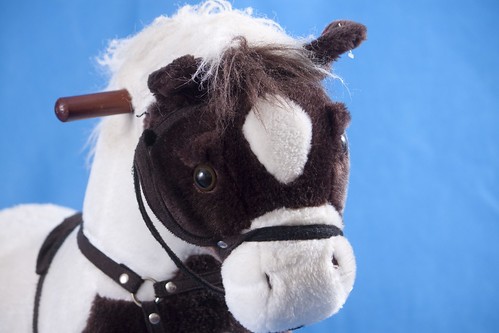k.tremblay1
TPF Noob!
- Joined
- Feb 24, 2012
- Messages
- 16
- Reaction score
- 1
- Location
- Cape Cod, MA
- Can others edit my Photos
- Photos OK to edit
Hello all! I had a post going the other day about lights that I bought, which were 85 watts equivalent to 300 and they didn't light ANYTHING. Someone (Mleek i think the name is?) suggested I buy 2 slave units from adorama so I did and just received them! I set them up real quick and shot these test pics. I didn't set the white balance or anything, I was just testing the lighting.
Settings were iso 100, ss 1/200, f/5.6. The lights were bouncing off umbrellas and I had 1 diagonal to the horse's right side and 1 directly to the left side. I am not too sure if this is where I should have them set up... Any advice? How does the lighting look overall? Would you have done anything differently? Thank you!!!
1.

IMG_5181 by k.tremblay1, on Flickr
2.

IMG_5180 by k.tremblay1, on Flickr
3.

IMG_5179 by k.tremblay1, on Flickr
4.

IMG_5178 by k.tremblay1, on Flickr
5.

IMG_5177 by k.tremblay1, on Flickr
Settings were iso 100, ss 1/200, f/5.6. The lights were bouncing off umbrellas and I had 1 diagonal to the horse's right side and 1 directly to the left side. I am not too sure if this is where I should have them set up... Any advice? How does the lighting look overall? Would you have done anything differently? Thank you!!!
1.

IMG_5181 by k.tremblay1, on Flickr
2.

IMG_5180 by k.tremblay1, on Flickr
3.

IMG_5179 by k.tremblay1, on Flickr
4.

IMG_5178 by k.tremblay1, on Flickr
5.

IMG_5177 by k.tremblay1, on Flickr





![[No title]](/data/xfmg/thumbnail/31/31979-ea92aca54ae865842d998c9cec534991.jpg?1734160756)







